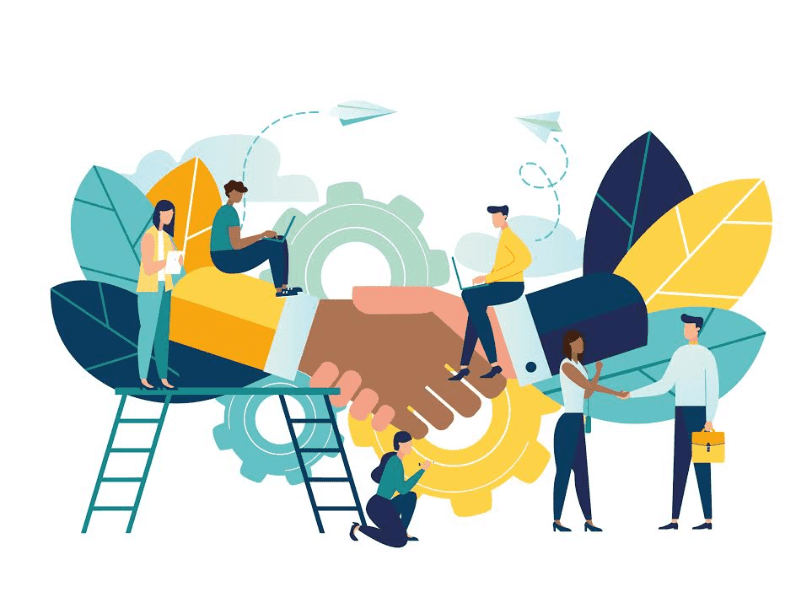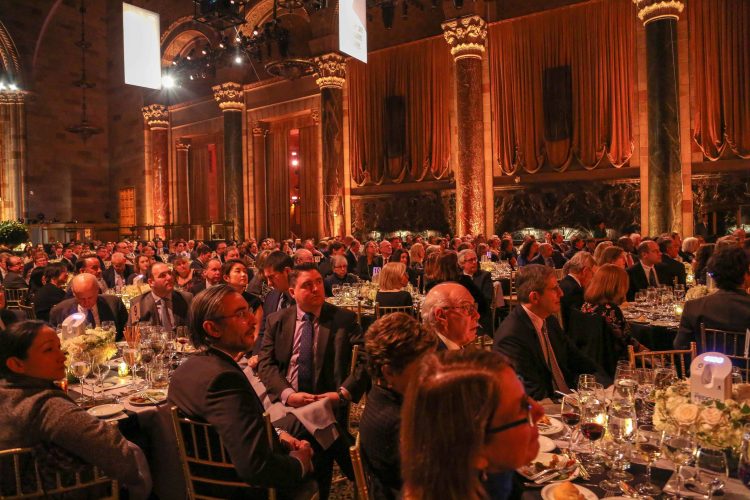Strategic Partnerships as a Vehicle to Make a Lasting Impact

The Fedcap Group is comprised of a growing number of top tier companies with a common mission of improving the long economic well-being of individuals we serve. Our combination, with over 20 companies, is driven by the unprecedented complexity and enormity of the social, political, and economic challenges facing the nonprofit sector. We do not believe that these challenges can be tackled alone. Moving the needle and fundamentally changing the outcomes for those we serve requires a concerted, collaborative action by organizations committed to making a long term, sustained impact. Effective combinations enhance our collective market position, improve efficiency in service delivery, enhance our overall service structure, improve quality and have potential to achieve broader systems change.
It is our experience that this kind of integration of efforts requires significant time, energy, effort and resources. It requires that we develop a collaborative mindset by working together to define success, articulate shared goals, and create mechanisms for rigorously measuring
impact.
As an example, a collaborative of institutional funders focused on poverty alleviation. Tom Fry, a member of the collaborative, characterizes Big Bang as a learning community where members exchange information and profile grantees to accelerate the flow of funds. “It’s a symbiotic relationship” explains Fry. “Each member brings their expertise and knowledge, and that enhances everyone’s decision-making ability and ultimately achieves greater impact.”
This concept of a learning community is at the heart of our approach to combinations. Strategically working to identify best and promising practices, leveraging each company’s core competencies and building and sharing knowledge, improves our collective efforts.
A successful learning community provides a platform to fundamentally improve the outcomes for individuals we serve, as well as to influence the way that systems design and fund services.
It sets goals and measures collective progress.
It provides a platform for shared learning—both successes and failures.
It provides diverse opportunities for people to develop skills.
It accelerates learning toward replication and scale.
By joining together, nonprofit organizations create an optimal environment for staying relevant, ensuring long term sustainability and measurable impact.


